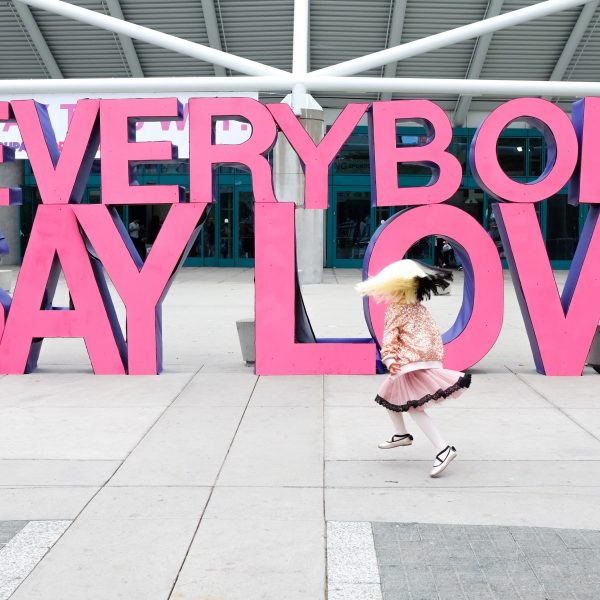Study highlights the importance of addressing bias from first years of life

United States researchers have demonstrated that preschool children show clear evidence of bias at the intersection of race and gender, with males from African American backgrounds receiving less positive responses from their peers in a study involving neutral images.
This pattern of preferencing people based on gender and race is known as intersectional bias. Research findings mirrored bias displayed in adult groups, and highlight the importance of addressing bias in the first years of life.
The Northwestern University study provides “strong and consistent evidence of racial and gender bias in four year old children.” The researchers examined the responses of four year olds to images of other children who varied both in race and gender, finding that although four year olds generally responded positively to other children, their response to African American boys was significantly less positive than their response to any other group – African American girls, Caucasian boys, and Caucasian girls.
The outcome was exhibited by both Caucasian and African American children, and was not related to measures of children’s exposure to diversity.
“In our view, this evidence will be key for raising the next generation with less destructive racial and gender biases than our own.”
Researchers say the outcome constitutes the earliest evidence of intersectional bias, in terms of race and gender, and reinforces the need to address social bias in children in the years before school.
Lead author of the study, Danielle Perszyk, said the results aid in developing an understanding of the origins of social bias, and showcase young children’s exquisite sensitivity to the interactions they observe in the world around them.
In order to discover the ways in which children’s social and cultural environments shape the biases they hold, Perszyk said, it was essential to learn more about how biases emerge amongst children from diverse racial, ethnic and demographic communities.
Senior author of the study, Sandra Waxman, said the decision to study preschool age children was a straightforward one.
“The preschool years are key because they represent an ‘inflection point’ when children typically begin to interact more broadly with individuals beyond their families and close friends,” Ms Waxman said.
“This greater exposure affords children an opportunity to observe social biases evidenced in their communities. Evidence from four year old children is also important because in contrast to the social biases held by adults, those of young children are highly malleable.”
To conduct the study, researchers used an implicit bias task which had, up until the research was undertaken, only been used with adults and older children. The racial composition of the children involved in the study mirrored the composition of their community, with 60 per cent of children being Caucasian, and 40 per cent African American.
Children in the study viewed images of African American and Caucasian boys and girls. Each image was briefly presented, and followed with a neutral image (a symbol). Children were asked to say how much they liked the neutral image. Across two experiments, children favoured the images which followed the faces of the Caucasian children over those following the images of African American children.
Researchers said the “pro white” bias was tempered by gender – children rated neutral images shown significantly less positively if they followed pictures of African American boys than pictures of any other group — African American girls, white boys or white girls.
Ms Perszyk said the research “raises crucial new questions” and will require further review to include more children from diverse racial, cultural and socioeconomic backgrounds and to examine the emergence of social bias in communities where race, majority status and social status may be less intertwined.
Ms Waxman supported the perspective of Ms Perszyk, saying that “identifying how social biases emerge in diverse racial, ethnic and demographic contexts will be essential for identifying how children’s social environments shape the biases they come to hold.”
The study, Bias at the intersection of race and gender: Evidence from preschool – aged children was published 24 January in the journal Developmental Science and can be viewed here.
Popular

Quality
Practice
Research
Small ways to teach babies and toddlers body safety and consent in early learning
2025-12-15 08:00:40
by Fiona Alston

Quality
Research
Food safety in early learning centres: Protecting children through better practices
2025-12-15 07:45:24
by Contributed Content

Quality
Research
Your child’s school readiness depends on where you live, new AEDC data shows
2025-12-17 07:45:40
by Contributed Content
















